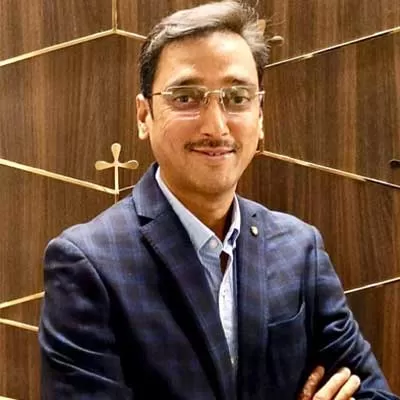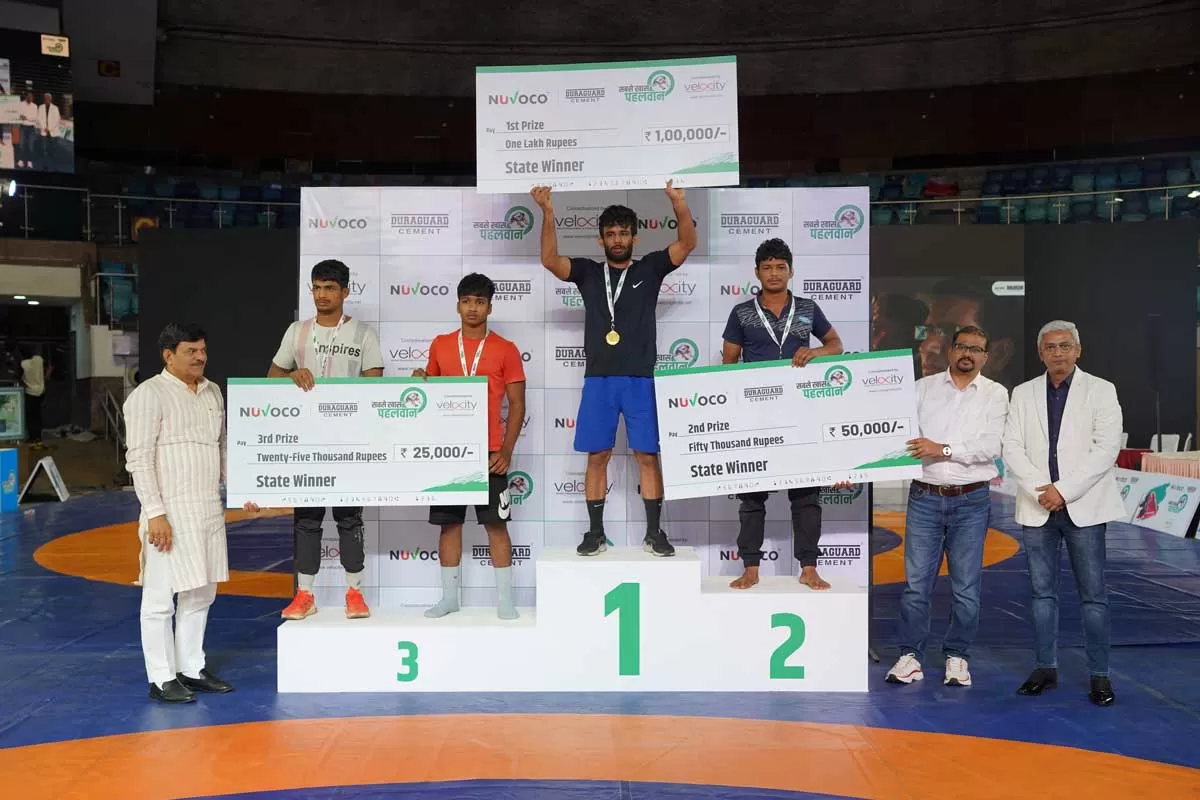Date: June 10, 2017.
Venue: Ahmedabad.
Organiser: International Road Federation.
India accounted for more than 10 per cent of the global road accidents in 2015, with 146,000 fatalities and 480,000 injuries. Road accident deaths fatalities in Gujarat were 8,119, which was about 5.6 per cent of the total road fatalities in the country. India is a signatory to the UN Decade of Action Plan 2011-2020, which envisages a reduction in road accident fatalities by 50 per cent by 2020. In this context, the International Road Federation (IRF), a Geneva-based global body working for better roads and safe road mobility worldwide, organised a day-long conference on 'Fast Tracking Road Safety Initiatives in Gujarat'.
Eminent road and transport professionals, officials from the Gujarat Government, engineers and road safety experts from various parts of the country participated in the conference, which was inaugurated by Dr JN Singh, Chief Secretary, Gujarat. In his opening address, KK Kapila, Chairman, IRF, said that his organisation is looking forward to sign an MoU with the Government of Gujarat for an association with IRF to improve the 4Es - Education, Enforcement, Engineering and Emergency care in the state. Also, the IRF, with the Union and state governments, plans to develop a demonstration stretch between Surat and Hazira with Intelligent Transportation System (ITS), including providing junction management gadgets and lane violation monitoring cameras. In his inaugural address, Dr Singh said that the government is trying to reduce road fatalities by half through its new road policy, focusing on fast response during the golden hour (the first hour after an accident). He added that in Gujarat, which is usually among the top 10 states having maximum number of road fatalities, the efforts will be to improve its performance in this area by reducing road accidents and fatalities by nearly 50 per cent by 2020. He mentioned that new guidelines to ensure best practices in road design are followed in road construction are also in the pipeline.
In one of the technical sessions, Ravi Prasad, Chief Engineer, MoRTH, made his presentation on black spots (stretches having multiple road accidents) identification and correction. He said that Gujarat had 23 such spots, of which seven have been rectified. 'A number of factors such as commuter behaviour and road conditions also contribute to it. There are road safety engineering councils in 25 states of India but Gujarat is yet to set one up,' he said. The other topics deliberated upon by the experts included enhanced first aid trauma care, ITS and PPP models for road safety.
The conference concluded with key recommendations for reduction of road fatalities in Gujarat, which Kapila mentioned will be shared with concerned state government departments.
Key Recommendations for Reduction of Road Fatalities in Gujarat
Engineering (road and vehicular)
Forgiving roads: Build forgiving roads as far as possible, to ensure reduction in fatalities and injuries on account of road accidents.
Black spot removal: Remove the identified black spots within the next 12 months through engineering interventions.
Road crossings: All cities to have pedestrian walkways, subways or overhead road crossings as per international practice to prevent risk of accidents while crossing roads.
Road network: As India has a road network of 4.9 million km, steps should be taken to have 1.5 to 2 m separate lanes for two wheelers at the time of widening and strengthening. Apart from making it safer to drive, this will optimise fuel consumption caused by idling or slow driving on roads.
Updating rates: There is an urgent need to update specifications and schedule of rates for building road infrastructure.
Safety compliance through retrofitting vehicles: While all new vehicles manufactured and sold adhere to new standards, all existing vehicles (trucks, buses, etc) must be retrofitted with ABS, seatbelts and under-run protection devices (FUPD, SUPD, RUPD) to make them safer. Necessary amendment to rules to retrofit whatever can be retrofitted within a specified timeframe should be put in place.
Education
Road safety in schools: Adoption of road safety education by the educational boards in each state of India. Road safety education integrated with the existing curriculum should be imparted to school children from Class VI to X to build and ingrain 'road safety culture' during the formative years.
First aid: First aid should be introduced as an additional credit in the curriculum for students of Class IX-XII compulsorily, so that the new users are conditioned to drive safe as well as assist an accident victim if required.
Road safety campaigns: Mandatory screening of short films on road safety in cinema halls. These films can also be screened through a network in all states, besides at railway stations and metros as well as other vantage points.
Good Samaritan policy: Police departments and doctors to be involved in popularising the policy to make people aware and come forward and help accident victims. The law should be displayed at vantage points in police stations and hospitals.
Emergency care
Uniform first aid or first response programme: A national programme to be adopted by states across the country needs to be developed.
Augmenting training capacities: After retirement, JCOs from the Army Medical Corps could be suitably trained in trauma care to create capacities for trauma care centres. HMV drivers' training: Heavy motor vehicle drivers to be provided mandatory trauma care training, enabling them to provide first aid during the golden hour, wherever they find an accident victim needing assistance. This will also condition them to be more responsible drivers.
Enforcement
Enforcement rules and regulations: Bring in strict compliance systems by digitising licenses. Till such time the facilities are put in place, video cameras should be installed extensively at the test site to avoid manipulation of the process and test results. IT to be extensively used for enforcement without human interface. A pilot stretch from Surat to Hazira is proposed to be taken up in consultation with the Gujarat Government.
Licensing of heavy motor vehicle drivers to be linked to mandatory trauma care training.


















